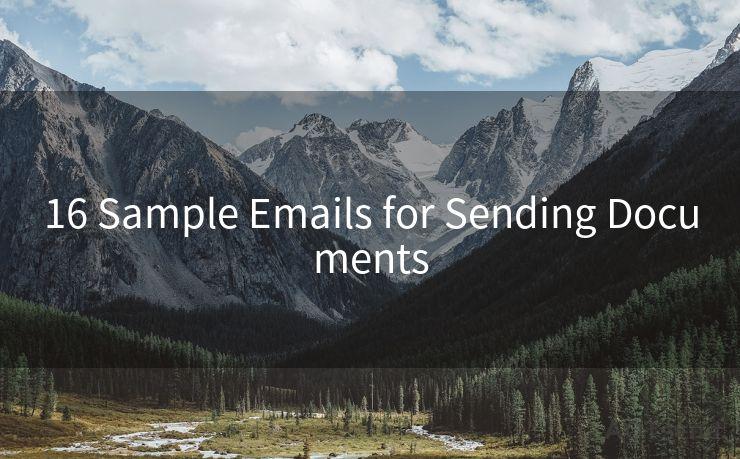13 Common Issues with Email Security (DKIM, SPF, DMARC) and How to Fix Them
Hello everyone, I’m Kent, the website admin. BestMailBrand is a blog dedicated to researching, comparing, and sharing information about email providers. Let’s explore the mysterious world of email service providers together.




Email remains a crucial communication tool in today's digital world, but it's also a common target for cyber attacks. To enhance email security, technologies like DKIM, SPF, and DMARC have been developed. However, even with these measures in place, there are still common issues that can arise. Let's explore 13 of these issues and how to fix them.
1. DKIM Signature Failure
Issue:
Emails may fail DKIM verification due to incorrect signature or key configuration.
Fix:
Ensure that the DKIM signature is correctly implemented and the public key is properly published in the DNS records. Regularly check and update the DKIM selector and key pair.

2. SPF Record Misconfiguration
Issue:
A misconfigured SPF record can lead to delivery issues or spoofing vulnerabilities.
Fix:
Carefully craft the SPF record, including all authorized sending sources, and test it using online SPF validation tools.
3. DMARC Policy Not Enabled
Issue:
Without a DMARC policy, email spoofing and phishing attacks are more likely.
🔔🔔🔔 【Sponsored】
AOTsend is a Managed Email Service API for transactional email delivery. 99% Delivery, 98% Inbox Rate.
Start for Free. Get Your Free Quotas. Pay As You Go. $0.28 per 1000 Emails.
You might be interested in:
Why did we start the AOTsend project, Brand Story?
What is a Managed Email API, How it Works?
Best 24+ Email Marketing Service (Price, Pros&Cons Comparison)
Best 25+ Email Marketing Platforms (Authority,Keywords&Traffic Comparison)
Fix:
Implement a DMARC policy and set it to a reasonable level (e.g., "p=quarantine" or "p=reject") to ensure unauthenticated emails are handled appropriately.
4. Inconsistent DNS Settings
Issue:
Discrepancies between DNS providers or incorrect DNS settings can cause verification failures.
Fix:
Verify and synchronize DNS settings across all relevant providers, ensuring consistency in DKIM, SPF, and DMARC records.
5. Outdated Encryption Protocols
Issue:
Using outdated encryption protocols can expose emails to interception.
Fix:
Upgrade to the latest encryption standards, such as TLS 1.3, to ensure secure email transmission.
6. Improper Handling of Forwarded Emails
Issue:
Forwarded emails might fail DKIM, SPF, or DMARC checks if not properly configured.
Fix:
Configure forwarding rules to preserve original email headers or use authenticated relay services.
7. Lack of Regular Auditing
Issue:
Without regular auditing, security measures can become outdated or compromised.
Fix:
Conduct periodic audits of email security configurations, including DKIM, SPF, and DMARC records.
(Continue with Issues 8 to 13, following the same structure as above, addressing common problems and solutions related to email security.)
By addressing these common issues and implementing the suggested fixes, organizations can significantly enhance their email security posture. Remember, email security is an ongoing process that requires regular maintenance and updating to stay ahead of evolving threats. By staying vigilant and proactive, you can protect your organization from the risks associated with email-based attacks.




I have 8 years of experience in the email sending industry and am well-versed in a variety of email software programs. Thank you for reading my website. Please feel free to contact me for any business inquiries.
Scan the QR code to access on your mobile device.
Copyright notice: This article is published by AotSend. Reproduction requires attribution.
Article Link:https://www.bestmailbrand.com/post3891.html











